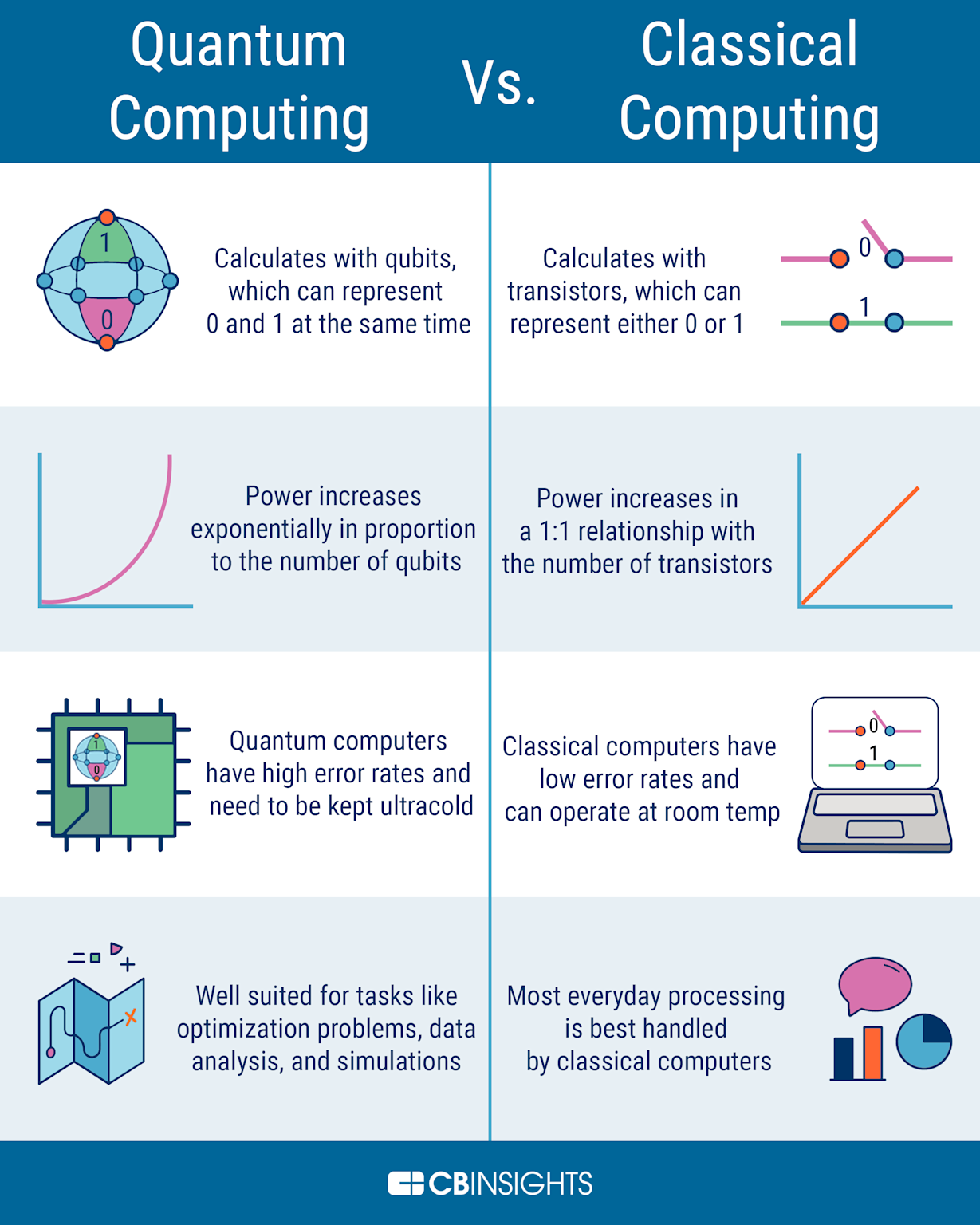Introduction
In this blog post, I will walk you through how I deployed an SAP CAP (Cloud Application Programming) project on SAP BTP using Docker instead of the traditional Node.js runtime. This approach provides better containerization, scalability, and easier environment management.
Why Use Docker for SAP CAP?
Traditionally, SAP CAP services are deployed directly using Node.js. However, by using Docker, we gain several advantages:
Portability: The application runs consistently across different environments.
Isolation: Dependencies are encapsulated within the container.
Scalability: Easily deploy multiple instances.
Ease of Deployment: A containerized approach makes it easier to move between cloud environments.
Dockerfile Configuration
To containerize the CAP service, I created a Dockerfile:
# Base image
FROM node:20.18.0
# Set working directory
WORKDIR /app
# Copy package.json and package-lock.json to install dependencies
COPY gen/srv/package.json gen/srv/package-lock.json ./
# Install dependencies
RUN npm ci
COPY gen/srv /app
# Set environment variable for production
ENV NODE_ENV=production
# Expose the port your app runs on (adjust if necessary)
EXPOSE 4004
# Start the application
CMD [“npx”, “cds”, “serve”]
MTA File : Make sure the type is ‘application’
Building and Deploying
Step 1: Build and Push Docker Image
First, build and push the image to a Docker registry:
docker build -t <your-docker-image>:latest .
docker push <your-docker-image>:latest
Step 2: Deploy the MTA Project
Using SAP’s MTA deployment process:
mbt build
cf deploy <generated-mtar>.mtar
Build pack here is not nodejs
IntroductionIn this blog post, I will walk you through how I deployed an SAP CAP (Cloud Application Programming) project on SAP BTP using Docker instead of the traditional Node.js runtime. This approach provides better containerization, scalability, and easier environment management.Why Use Docker for SAP CAP?Traditionally, SAP CAP services are deployed directly using Node.js. However, by using Docker, we gain several advantages:Portability: The application runs consistently across different environments.Isolation: Dependencies are encapsulated within the container.Scalability: Easily deploy multiple instances.Ease of Deployment: A containerized approach makes it easier to move between cloud environments.Dockerfile ConfigurationTo containerize the CAP service, I created a Dockerfile: # Base image
FROM node:20.18.0
# Set working directory
WORKDIR /app
# Copy package.json and package-lock.json to install dependencies
COPY gen/srv/package.json gen/srv/package-lock.json ./
# Install dependencies
RUN npm ci
COPY gen/srv /app
# Set environment variable for production
ENV NODE_ENV=production
# Expose the port your app runs on (adjust if necessary)
EXPOSE 4004
# Start the application
CMD [“npx”, “cds”, “serve”] MTA File : Make sure the type is ‘application’Building and DeployingStep 1: Build and Push Docker ImageFirst, build and push the image to a Docker registry: docker build -t <your-docker-image>:latest .
docker push <your-docker-image>:latest Step 2: Deploy the MTA ProjectUsing SAP’s MTA deployment process: mbt build
cf deploy <generated-mtar>.mtar Build pack here is not nodejs Read More Technology Blogs by Members articles
#SAP
#SAPTechnologyblog














